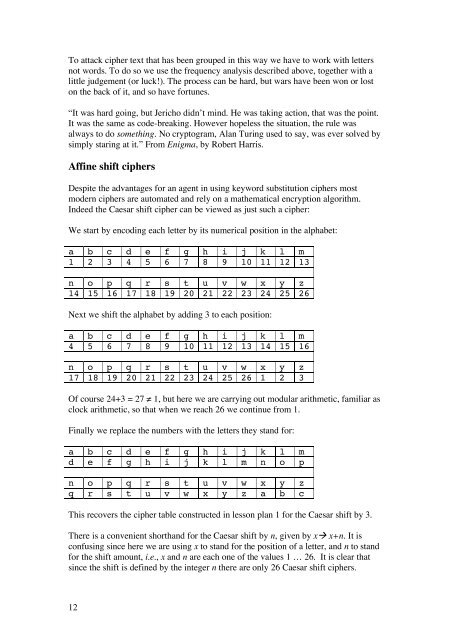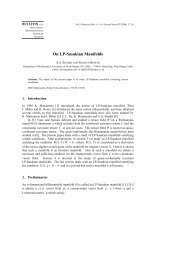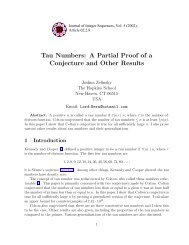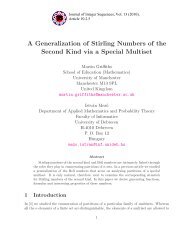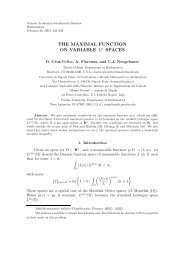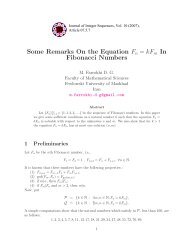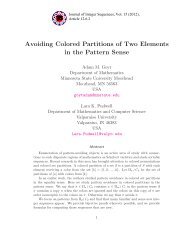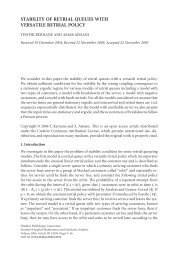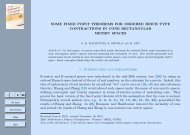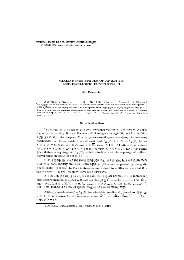Teachers - University of Southampton
Teachers - University of Southampton
Teachers - University of Southampton
You also want an ePaper? Increase the reach of your titles
YUMPU automatically turns print PDFs into web optimized ePapers that Google loves.
To attack cipher text that has been grouped in this way we have to work with letters<br />
not words. To do so we use the frequency analysis described above, together with a<br />
little judgement (or luck!). The process can be hard, but wars have been won or lost<br />
on the back <strong>of</strong> it, and so have fortunes.<br />
“It was hard going, but Jericho didn’t mind. He was taking action, that was the point.<br />
It was the same as code-breaking. However hopeless the situation, the rule was<br />
always to do something. No cryptogram, Alan Turing used to say, was ever solved by<br />
simply staring at it.” From Enigma, by Robert Harris.<br />
Affine shift ciphers<br />
Despite the advantages for an agent in using keyword substitution ciphers most<br />
modern ciphers are automated and rely on a mathematical encryption algorithm.<br />
Indeed the Caesar shift cipher can be viewed as just such a cipher:<br />
We start by encoding each letter by its numerical position in the alphabet:<br />
a b c d e f g h i j k l m<br />
1 2 3 4 5 6 7 8 9 10 11 12 13<br />
n o p q r s t u v w x y z<br />
14 15 16 17 18 19 20 21 22 23 24 25 26<br />
Next we shift the alphabet by adding 3 to each position:<br />
a b c d e f g h i j k l m<br />
4 5 6 7 8 9 10 11 12 13 14 15 16<br />
n o p q r s t u v w x y z<br />
17 18 19 20 21 22 23 24 25 26 1 2 3<br />
Of course 24+3 = 27 ! 1, but here we are carrying out modular arithmetic, familiar as<br />
clock arithmetic, so that when we reach 26 we continue from 1.<br />
Finally we replace the numbers with the letters they stand for:<br />
a b c d e f g h i j k l m<br />
d e f g h i j k l m n o p<br />
n o p q r s t u v w x y z<br />
q r s t u v w x y z a b c<br />
This recovers the cipher table constructed in lesson plan 1 for the Caesar shift by 3.<br />
There is a convenient shorthand for the Caesar shift by n, given by x! x+n. It is<br />
confusing since here we are using x to stand for the position <strong>of</strong> a letter, and n to stand<br />
for the shift amount, i.e., x and n are each one <strong>of</strong> the values 1 … 26. It is clear that<br />
since the shift is defined by the integer n there are only 26 Caesar shift ciphers.<br />
12


